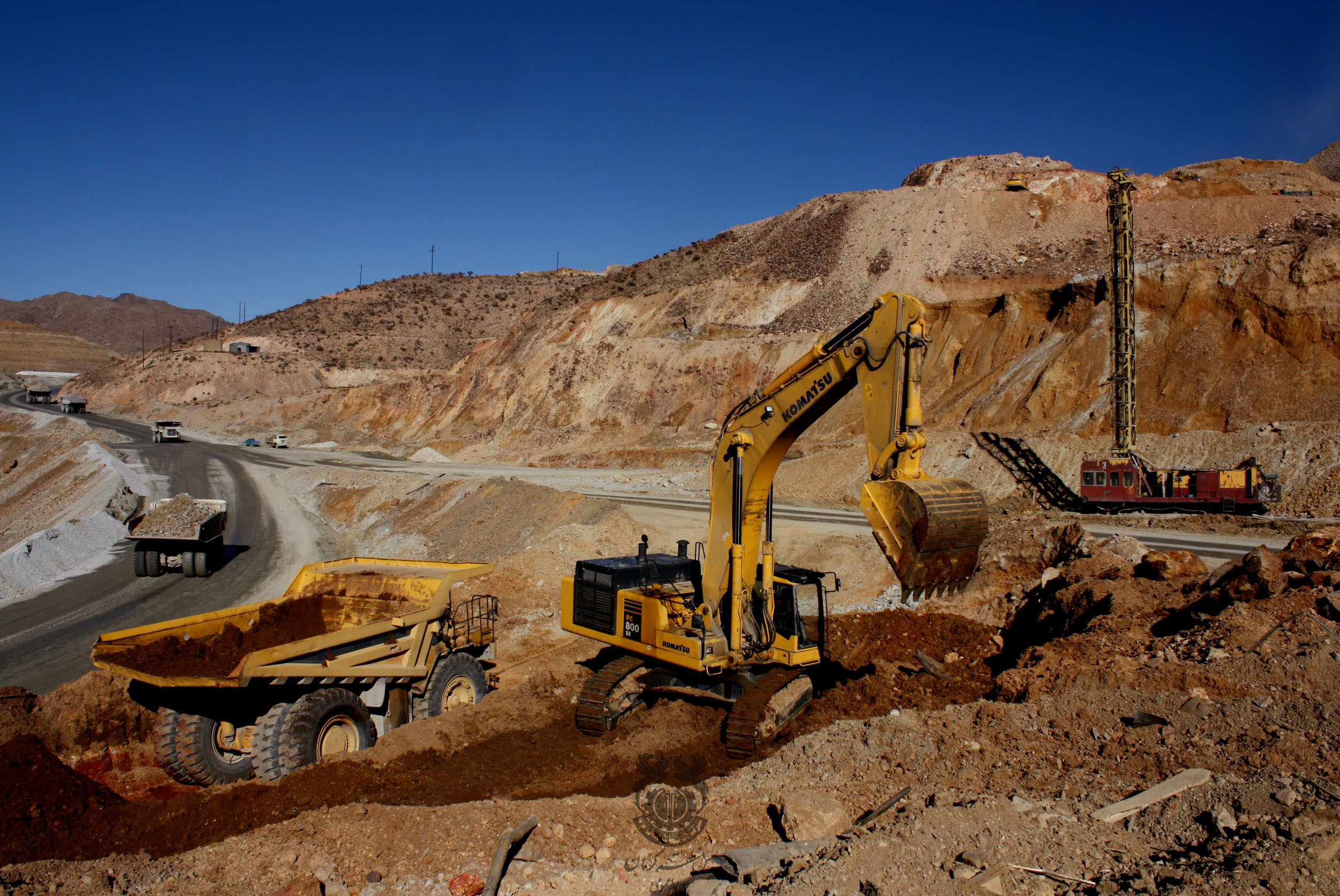By Eldaniz Gusseinov,Fatima Kemelova
Copyright astanatimes

The recent cancellation of Afghanistan’s Amu Darya oil deal with China marks a turning point in Kabul’s search for reliable partners. The Taliban authorities, frustrated with Beijing’s repeated breaches of contract, have now extended an invitation to Russian companies. Yet it may not only be Moscow, or Beijing, that offers the most credible path forward. One of the best partners for Afghanistan’s mining sector could in fact be its immediate Central Asian neighbors. These states combine proximity, technical expertise, and a pragmatic style of diplomacy free from the heavy geopolitical pressure that great powers often impose.
China’s retreat and Russia’s entry
The termination of the 25-year agreement with China’s Xinjiang Central Asia Petroleum and Gas Co. in June 2025 underscored Kabul’s impatience with underdelivery. The project, once billed as a 540-million-dollar investment, collapsed amid allegations of weak drilling, underinvestment, and unfulfilled social and environmental commitments. For Beijing, the episode was more than a contractual hiccup. It raised the perceived risk of doing business in Afghanistan. Chinese companies will likely approach future projects with heightened caution, demanding tougher safeguards, third-party audits, and arbitration clauses before committing significant capital.
Into this vacuum steps Russia. The Supreme Court’s removal of the Taliban from its list of terrorist organizations in April 2025, followed by Moscow’s acceptance of the Taliban ambassador’s credentials, created the legal and diplomatic conditions for investment. Russian companies, such as Inteco Group, have already signed preliminary oil exploration deals, while Russia has rapidly expanded fuel exports, particularly liquefied petroleum gas (LPG), to Afghanistan. But these moves remain embryonic, constrained by sanctions, financing hurdles, and logistical bottlenecks. The bold talk of using Afghanistan as a transit hub for 50 million tons of Russian petroleum products remains more aspiration than reality.
Central Asia: quiet but effective partners
While headlines have focused on China’s retreat and Russia’s entry, a quieter yet potentially more transformative story has unfolded. This is the growing role of Kazakhstan and Uzbekistan in Afghanistan’s mining sector. Unlike distant great powers, these neighbors bring not only investment but also regional integration, technical expertise, and a shared understanding of Afghanistan’s challenges.
Kazakhstan has established the most structured framework for mining cooperation. In April 2025, Astana and Kabul agreed to form a joint technical commission to study Afghan mineral deposits. This institutional mechanism signals long-term intent. Kazakhmys Barlau, Kazakhstan’s leading mining company, has already begun exploration in Nuristan Province, identifying lead-zinc deposits with extraordinary grades. Samples brought back to Kazakhstan for analysis confirm the richness of Afghanistan’s geology. At the political level, Deputy Prime Minister Serik Zhumangarin highlighted that Kazakhstan can draw on a professional pool of companies experienced in geological exploration and mineral processing. The scale of ambition is reflected in $140 million worth of commercial agreements signed during a recent business forum in Kabul.
Uzbekistan, too, has become one of Afghanistan’s largest mining investors. In August 2024 alone, Tashkent signed five major contracts worth $1.15 billion, spanning hydrocarbon exploration, copper and gold development, iron extraction, and the construction of a 120 megawatt power plant in Faryab Province. These projects form part of a wider $2.5 billion investment package, making Uzbekistan one of Afghanistan’s most important economic partners. Unlike Beijing’s large but politically fragile bets, Uzbekistan’s approach builds on its own domestic experience of balancing state oversight with foreign participation in the mining sector.
The strategic value of regional middle powers
Central Asia’s engagement in Afghanistan’s mining sector is significant not only for its scale but also for its character. Middle powers like Kazakhstan and Uzbekistan do not approach Afghanistan with the same heavy geopolitical agendas as global powers. Their strategy is rooted in diplomacy, pragmatism, and mutual benefit. This makes them more acceptable to Afghan authorities, who are wary of becoming overly dependent on any single external actor.
Moreover, Central Asian states bring complementary assets. Afghanistan holds vast untapped resources such as copper, gold, iron, and hydrocarbons that could underpin its economic recovery. Central Asian partners, in turn, offer geological expertise, investment capital, and established processing industries. The partnership promises more than resource extraction. It lays the foundation for infrastructure development, from railway corridors linking Afghanistan to Central Asia and beyond, to optical fiber networks and trade houses that integrate markets.
The July 2025 agreement between Kazakhstan and Afghanistan to build a $500 million railway illustrates this broader vision. The line will not only enable efficient mineral exports but also strengthen regional connectivity with South Asia. By embedding mining projects within wider transport and energy networks, Central Asia positions itself as a builder of regional resilience rather than a mere extractor of Afghan resources.
Opportunities and challenges ahead
Of course, challenges remain. Security risks, governance concerns, and fluctuating Taliban policies will continue to deter some investors. The abrupt termination of the Chinese oil contract shows Kabul’s willingness to enforce standards, but it also exposes the volatility of the investment climate. For Central Asian states, mitigating these risks will require careful structuring of agreements, transparent monitoring mechanisms, and diversification of projects across multiple provinces and sectors.
Yet the potential benefits outweigh the risks. For Afghanistan, Central Asian investment can create jobs, generate revenue, and provide the infrastructure necessary to integrate into regional trade. For Central Asia, cooperation with Afghanistan opens access to new resources, diversifies supply chains, and strengthens diplomatic influence in a country whose stability directly impacts their own security.
A regional future
The moment is ripe for a recalibration of Afghanistan’s mining partnerships. China’s caution and Russia’s tentative entry create a window of opportunity for Central Asian states to deepen their role. Unlike global powers, they are neighbors with a direct stake in Afghanistan’s stability. Unlike China, they do not carry the baggage of unmet promises. Unlike Russia, they are not constrained by sanctions and geopolitical rivalry.
Central Asia’s emerging strategy is one of patient diplomacy, gradual investment, and regional integration. By embedding mining cooperation within broader infrastructure and trade frameworks, Kazakhstan and Uzbekistan offer Afghanistan not just contracts but a future. If Kabul embraces this partnership, the mining sector could become a cornerstone of Afghanistan’s economic recovery and a driver of stability across the wider region.
For the first time in decades, Afghanistan has the chance to anchor its resource wealth in a cooperative regional framework. It is time for Central Asia to step forward, not as patrons or rivals, but as partners.
The author is Eldaniz Gusseinov, a non-resident research fellow at Haydar Aliyev Center for Eurasian Studies of the Ibn Haldun University, Istanbul.
Disclaimer: The views and opinions expressed in this article are those of the author and do not necessarily reflect the position of The Astana Times.



